If you had to choose between aesthetics and quality in products, which one would you prefer? On the one hand, we enjoy looking at beautiful things. On the other hand, an attractive appearance can only get us so far. An item that is unusable but looks pretty serves no purpose. Meanwhile, an object that is functional but has an unattractive appearance often deters us from using it.
To make your decision easier, we have a whole list of creations that lack taste but have great realization. Scroll down to find them, and make sure to let us know if the lack of aesthetic appeal would put you off from using or purchasing them.
#1 Compliments Well To His Missing Arm LOL
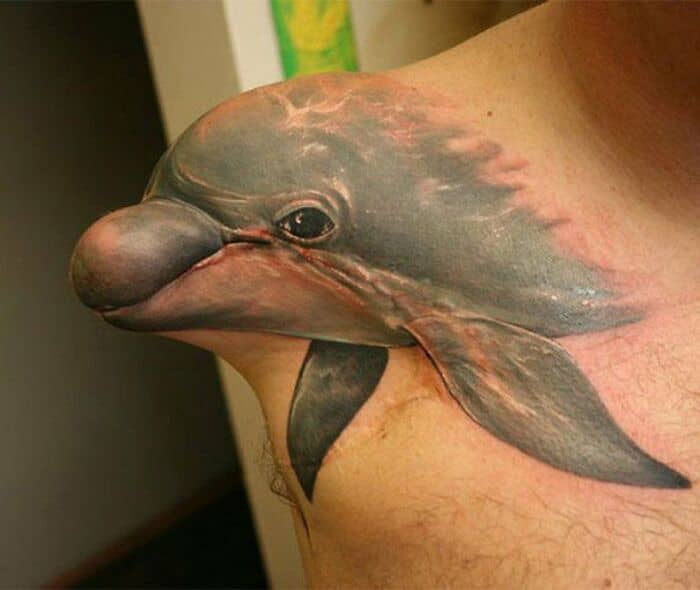
#2 Vintage Coin Purse, Date Unknown
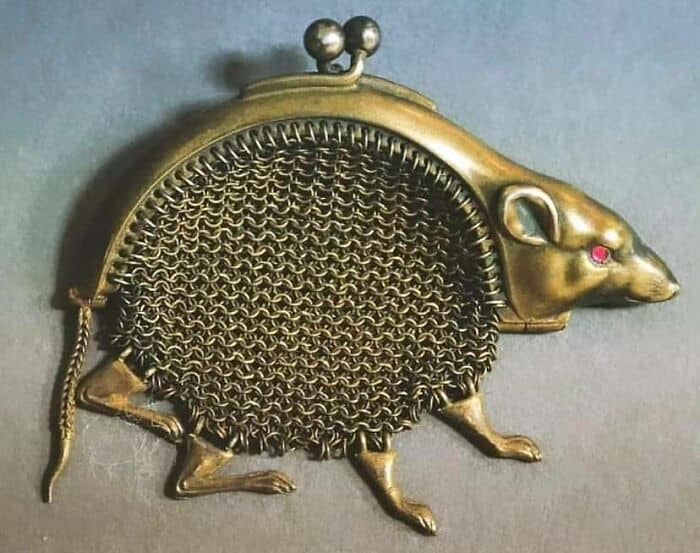
#3 A TV Set From The 70s
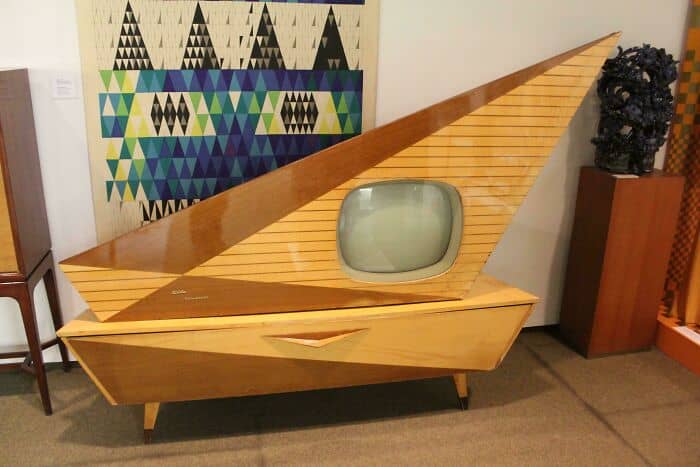
In the battle of aesthetics vs. function, visually pleasing appearance seems to be winning. As the theory of the aesthetic-usability effect suggests, users tend to see attractive products as more usable.
People are inclined to think that aesthetically appealing items will work better, even if they are actually more defective or inefficient. Pretty appearance also makes cosnumers more tolerant of minor errors in design.
#4 My Girlfriends 21st Bday Cake
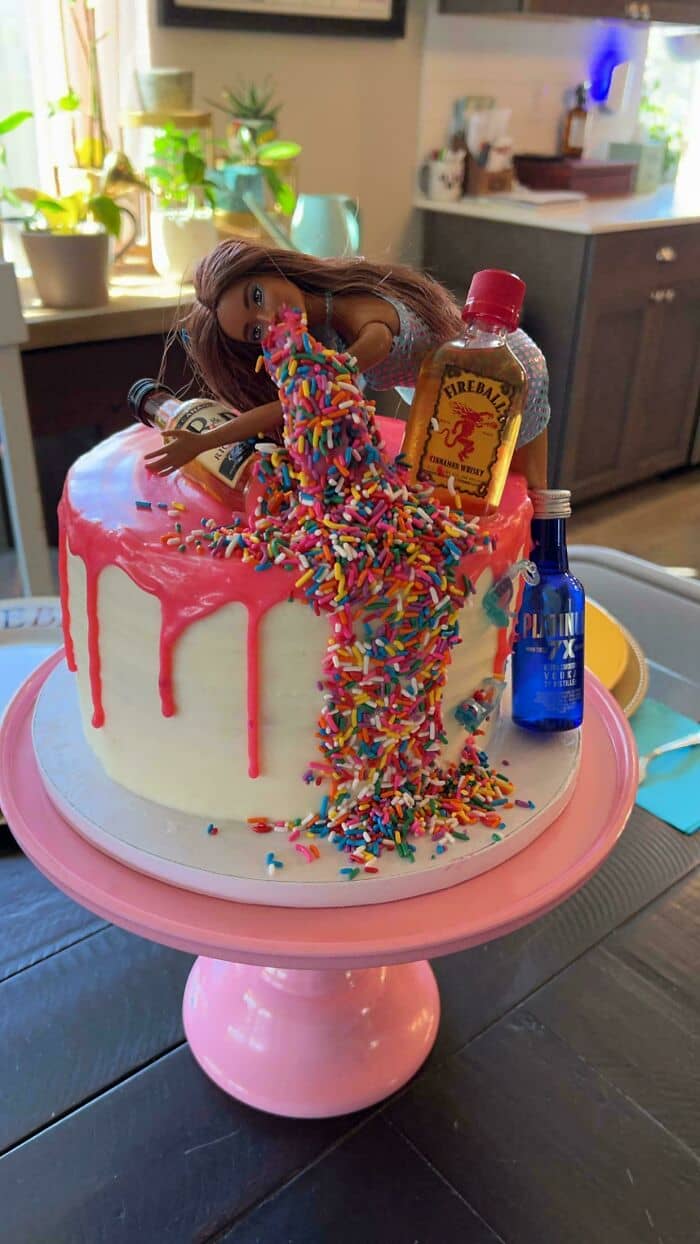
#5 It’s A Turtleneck
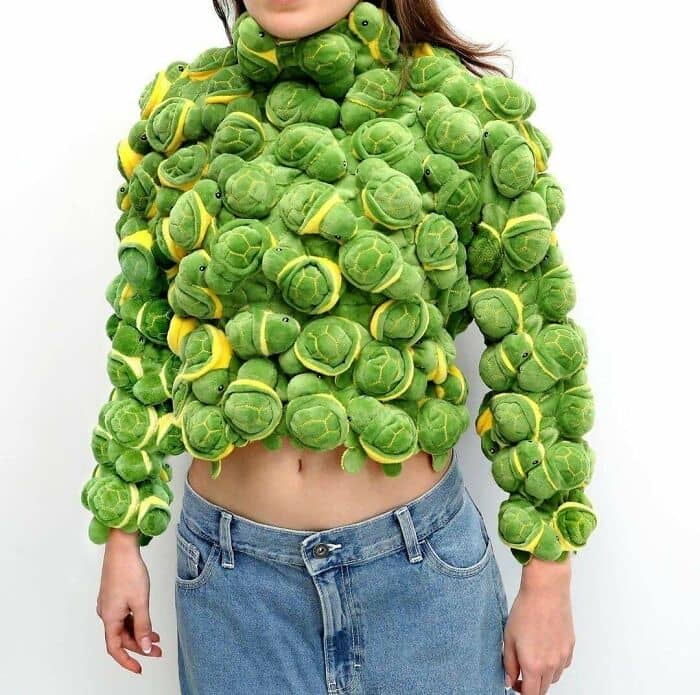
#6 Beaded Cig Earrings I Made! So Trashy Yet So Beautiful 🚬👌😌
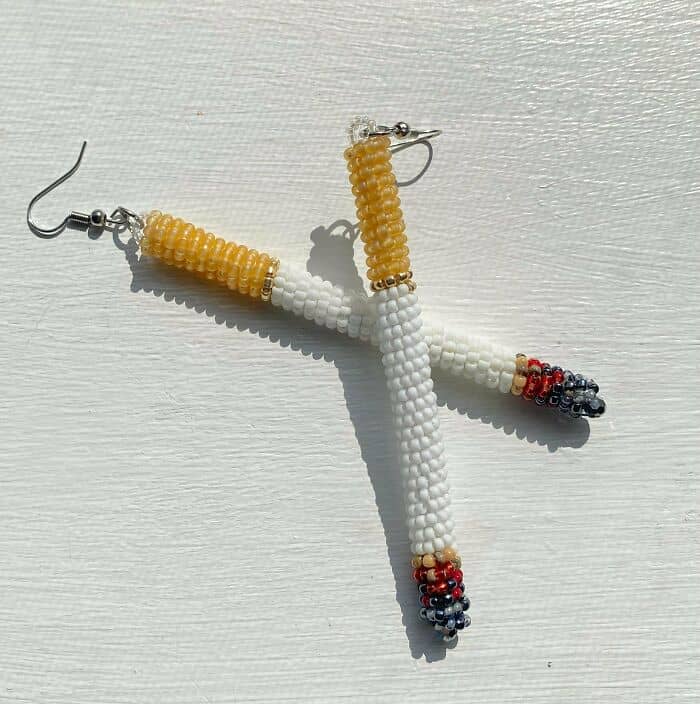
In fact, it was found that around 75% of users would trust a website that is pleasing to the eye. This, of course, goes beyond digital pages. Applications, dashboards, and physical designs also have better user perception if they look attractive.
This proves that user experience can’t be just functional. Attractive design shouldn’t be just a ‘nice’ addition, it plays a big role in how consumers perceive products.
#7 Chernobyl Humidifier On Etsy
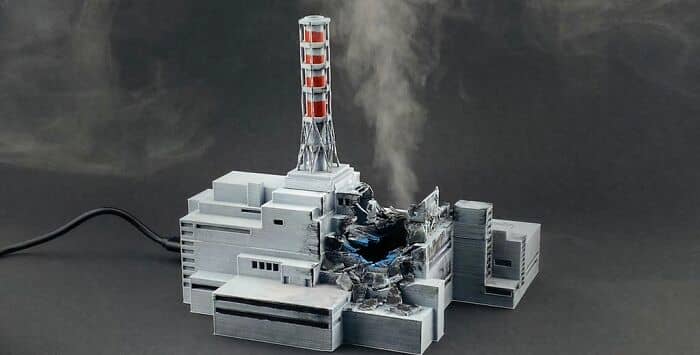
#8 Spotted On Marketplace. Think This Qualifies? Electric Guitar Made Of Bike Parts That Houses A Bottle Of Jd
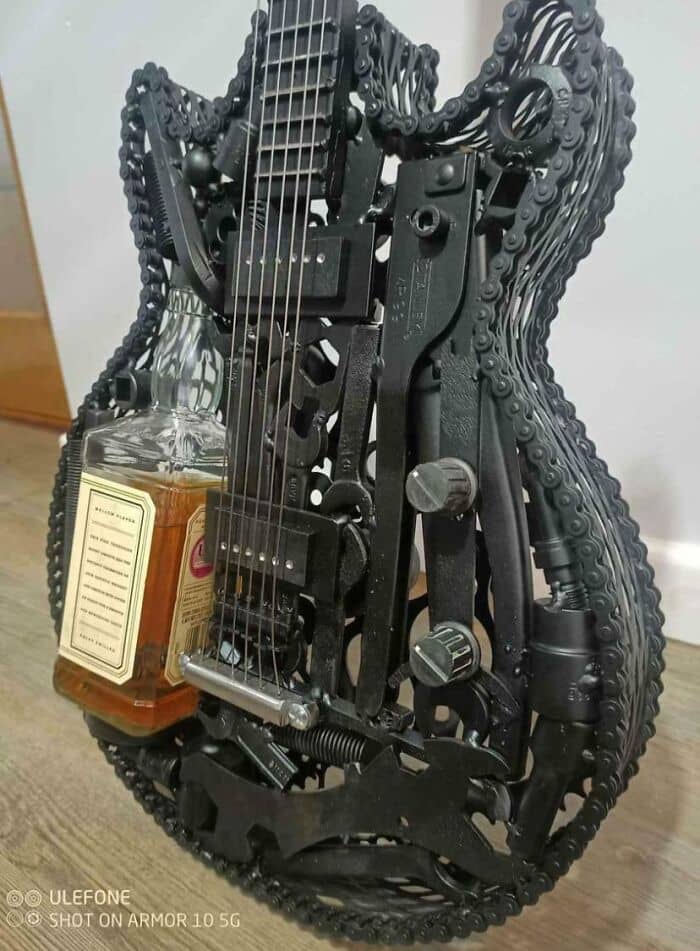
#9 This Drag Queen’s Final Premiere Look
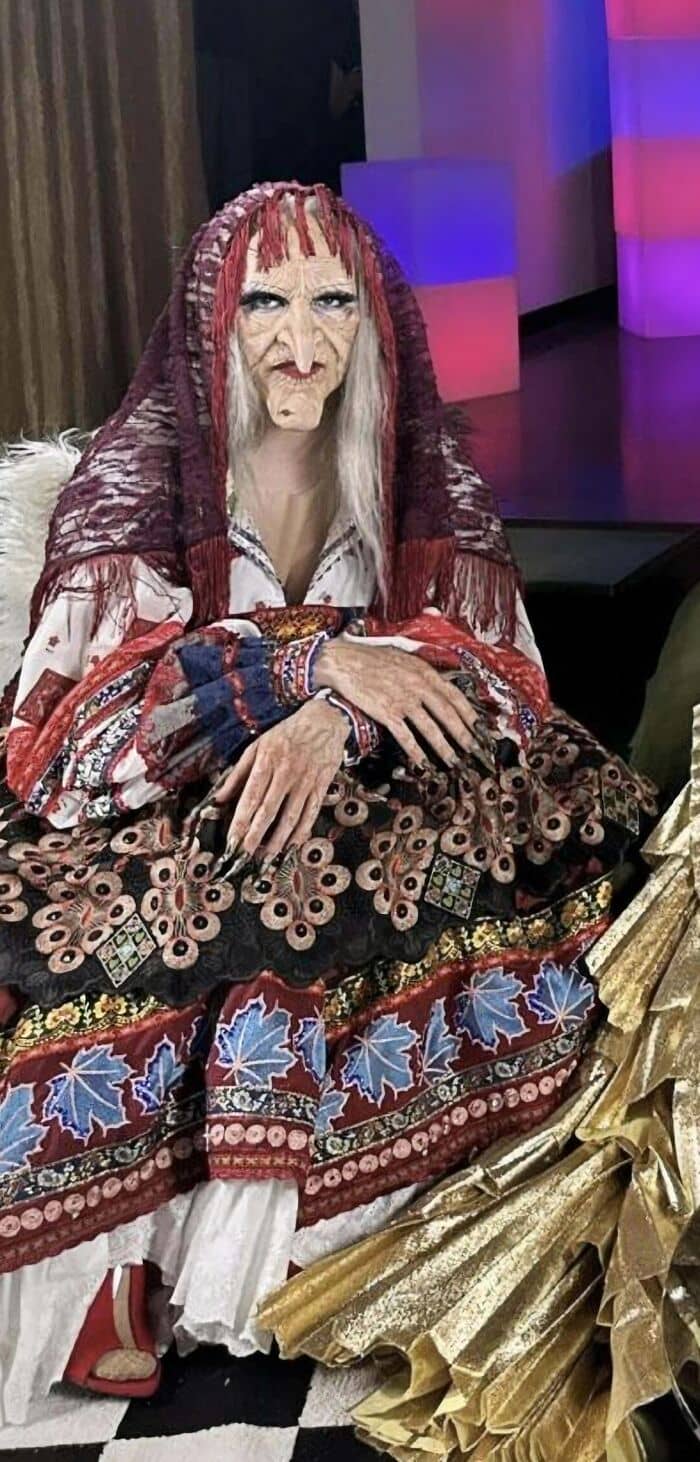
Such consumer behavior was first observed by researchers Masaaki Kurosu and Kaori Kashimur in the 90s who were studying human-computer interaction at the Hitachi Design Center.
They tried testing 26 variations of an ATM user interface (this usually involves screens and other elements that create a connecting point between humans and computers), asking 252 participants to evaluate their aesthetic appeal as well as ease of use. They found that the influence of aesthetics was stronger in their ratings of user experience than the actual ease of use.
#10 Casio Solved A Problem Nobody Had In 1979
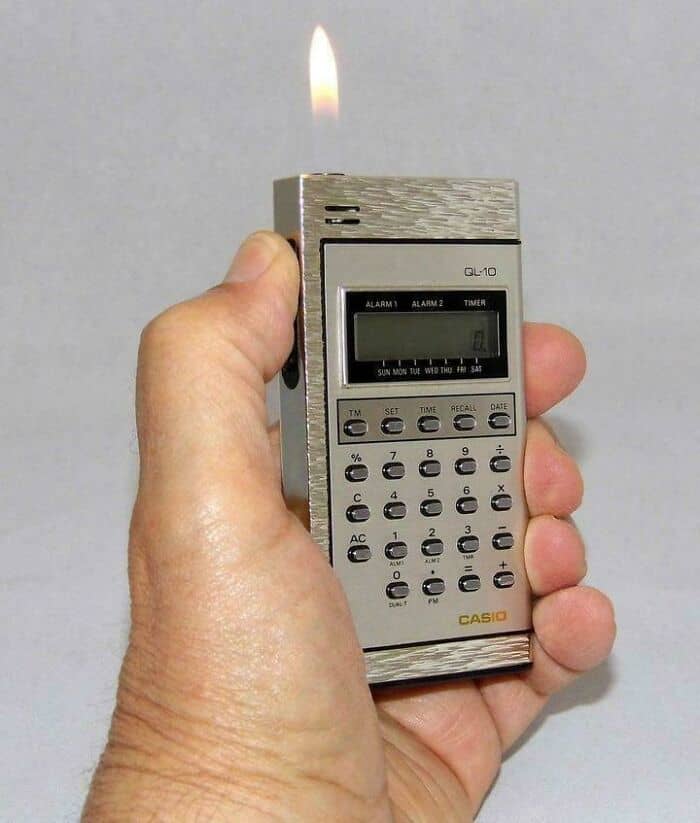
#11 Hat Left Behind At Our Bar
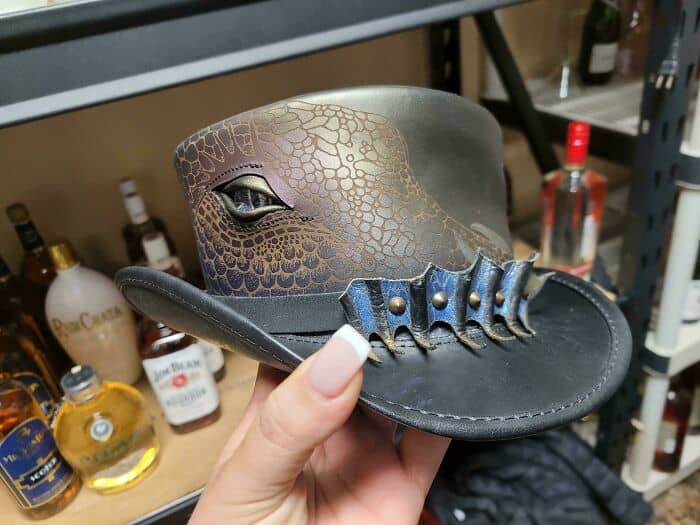
#12 Found This Gaz-24 Volga With A Very Questionable Interior For Sale Here In Germany

However, even though a pretty design can make people blind to minor usability problems, it can’t cover up the large ones. Let’s say you’re entering a website and you’re met with large, visually appealing pictures throughout the entire page. Initially, you might appreciate the photos. However, as you start to browse through, you begin to notice the site’s low information content, and it becomes hard to look for the things that interest you. Frustrated, you might exit the page and never come back.
#13 Hand-Knitted Portrait Of King Charles. Took Her Over A Year

#14 Fully Bedazzled Bmw

#15 Would You Attend This Wedding?
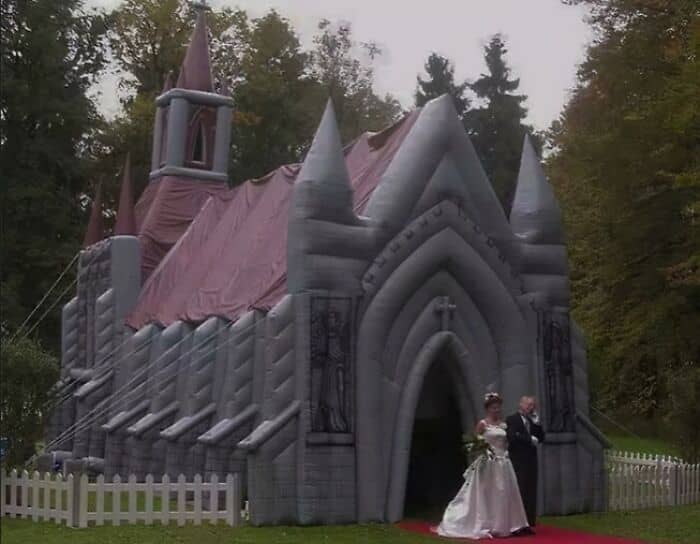
That’s why it’s important that function and form work together. When products aren’t easy to use or functionality is sacrificed for aesthetics, users can lose patience, and companies can say goodbye to returning customers.
#16 Just Saw This At A Vintage Store

#17 This Painting At My Friend’s Work

#18 Behold, The Truck Fountain Of Cullman, Alabama

Another reason why product designers shouldn’t rely only on aesthetics is its subjective nature. Beauty is personal to each individual’s culture and demographic. So color schemes, fonts, and symbols can be evaluated differently depending on the user’s experiences and background. A Korean person might find a bright red interface inviting, while someone from the US might find it too loud and distracting.
#19 Keyboard Jacket
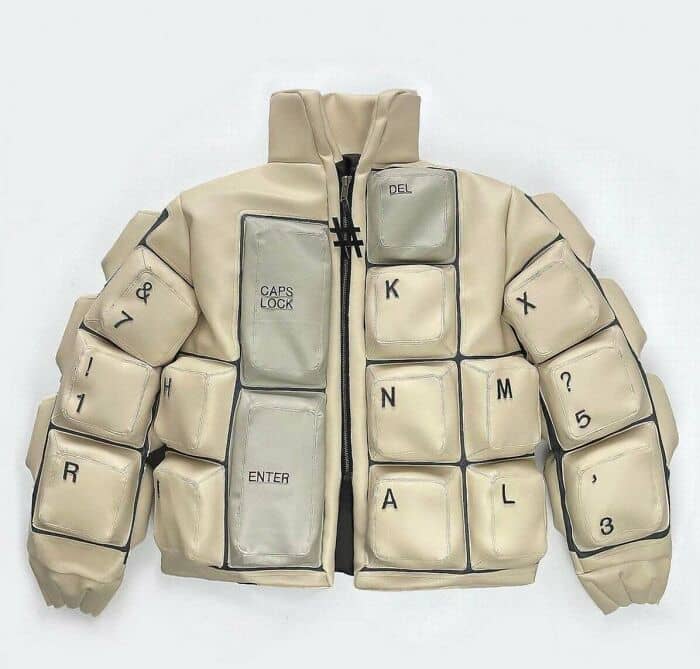
#20 Would You Have A Favorite Side To Sit On?
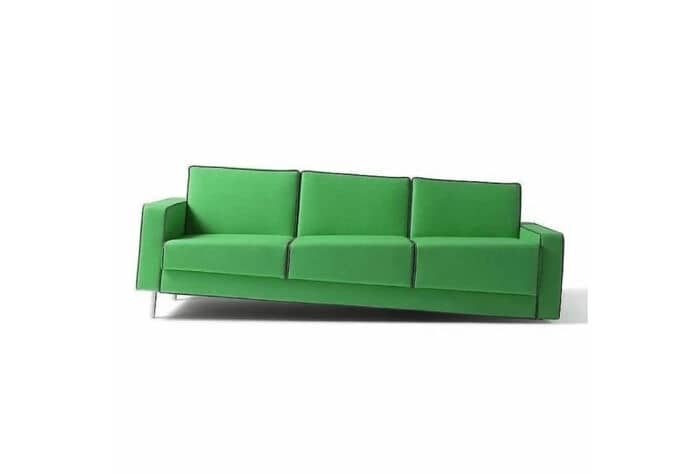
#21 My Wife’s Friend Gave This Chair A Glow Up
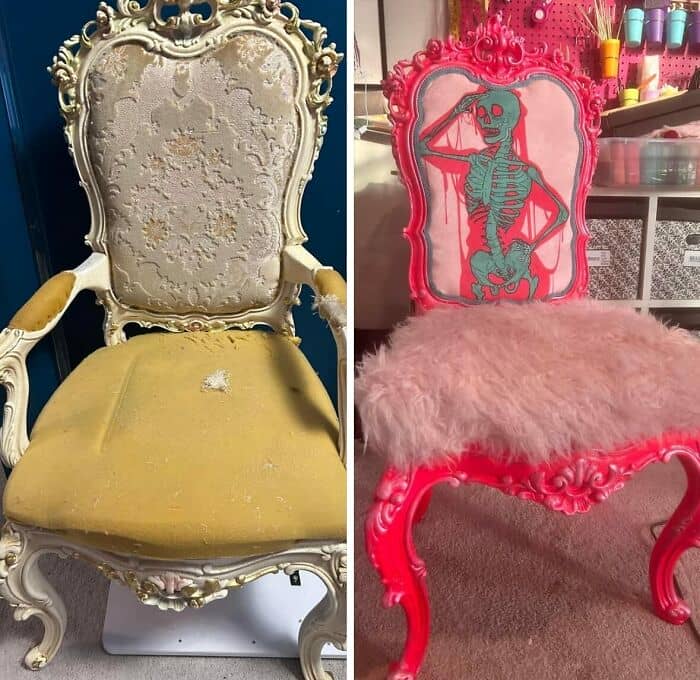
So how can creators achieve the balance between function and aesthetics? Experienced product manager and innovator Chris Kalaboukis recommends starting with the user. “Understand their needs, preferences, and behaviors. This ensures that both the aesthetic and functional design cater to the end-user.”
#22 My Wife Works At A High End Jewelry Store Specializing In Estate Sales Where They Just Got This Epcot Lookin’ A*s Monstrosity. Every Single One Of Those Is A Real Diamond
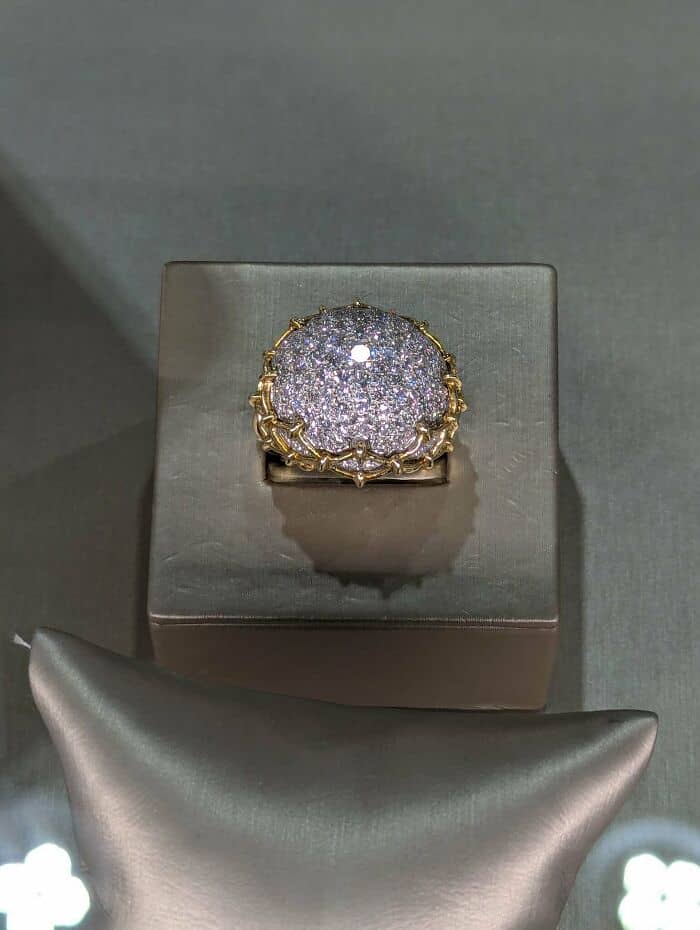
#23 Sofa Built Into The Floor
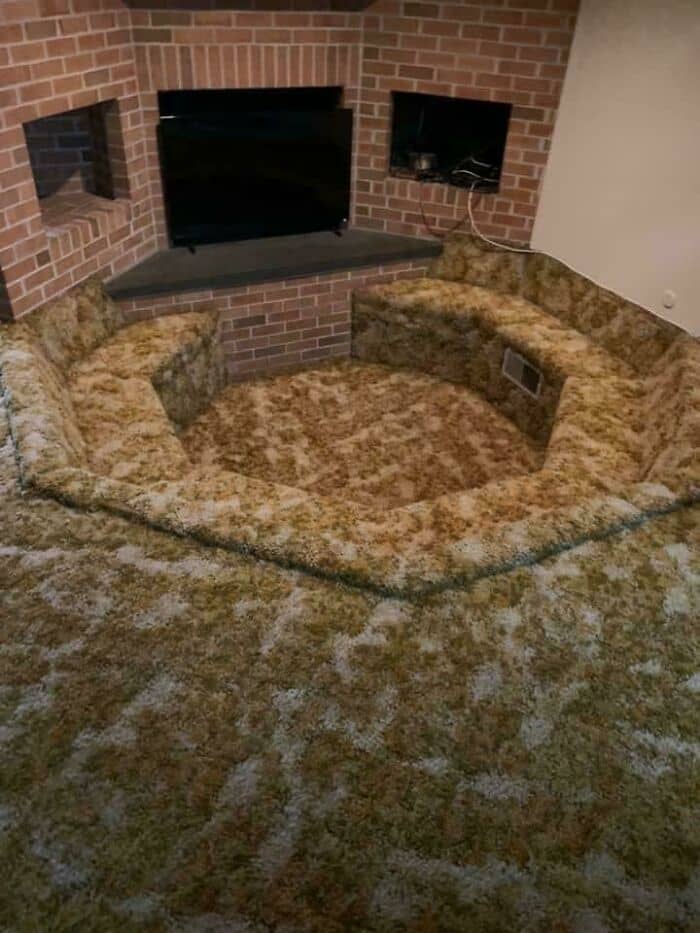
#24 Sadly, The Body Was Never Found
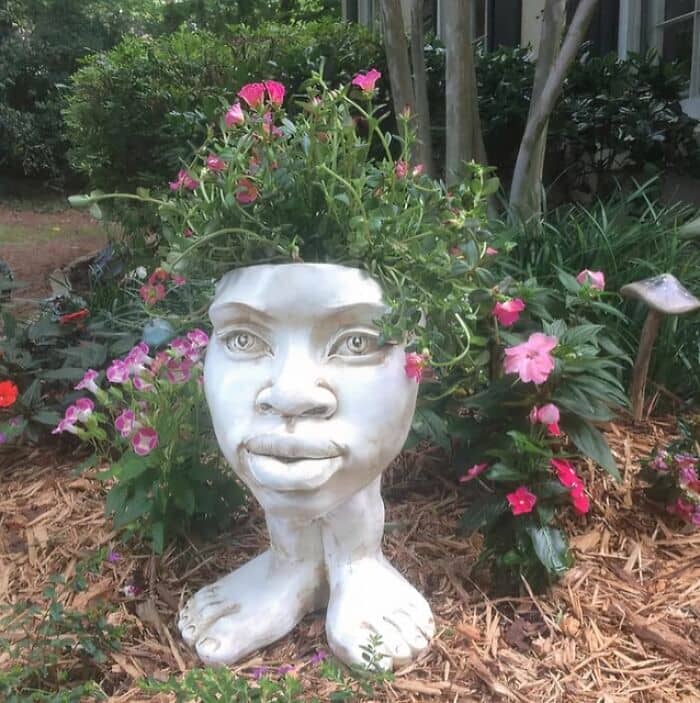
After the designer has thought about their audience, it’s important to continually refine the product based on user feedback, which ensures a balance between form and function. A few other strategies that can help balance form and function are collaboration with other disciplines (e.g., engineers, marketers) and technology usage. All of these can improve the product while maintaining a sleek look.
#25 Estate Sale

#26 It Looks Great… But Why In The Living Room? Will The Furniture Just Float On Top?!
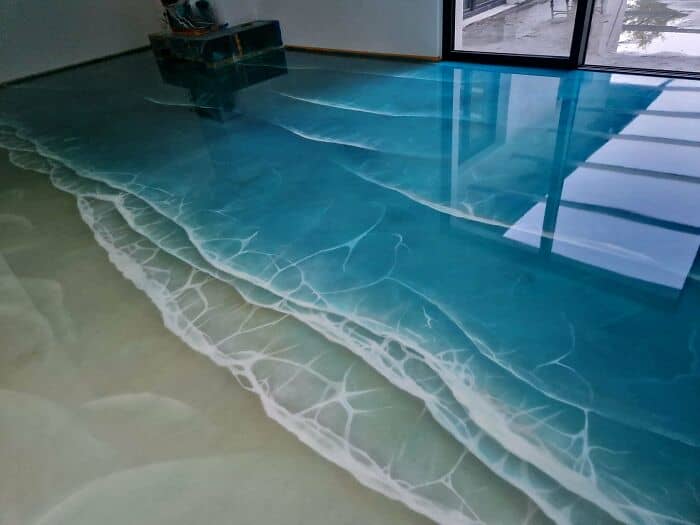
#27 Octopus Bomber Jacket

Lastly, Kalaboukis reminds creators not to forget sustainability. “Factor in sustainability as an element of design. Eco-friendly designs that are both beautiful and functional resonate with environmentally conscious consumers.”
#28 This Abomination
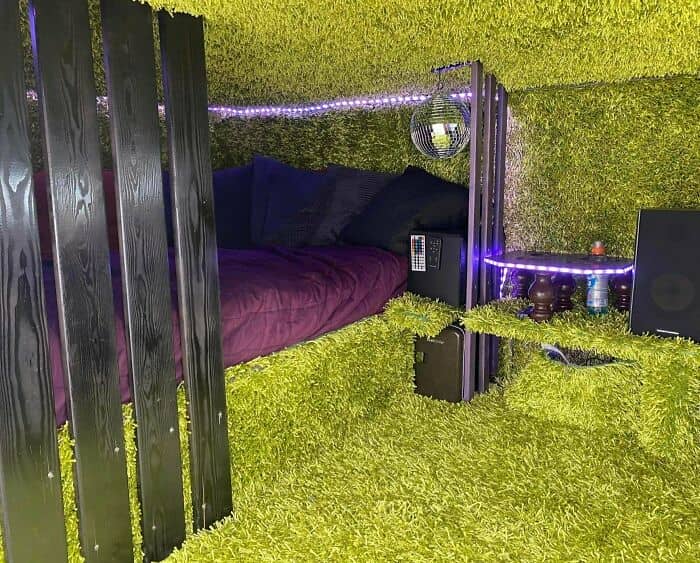
#29 This Torn Angel Wings Tattoo
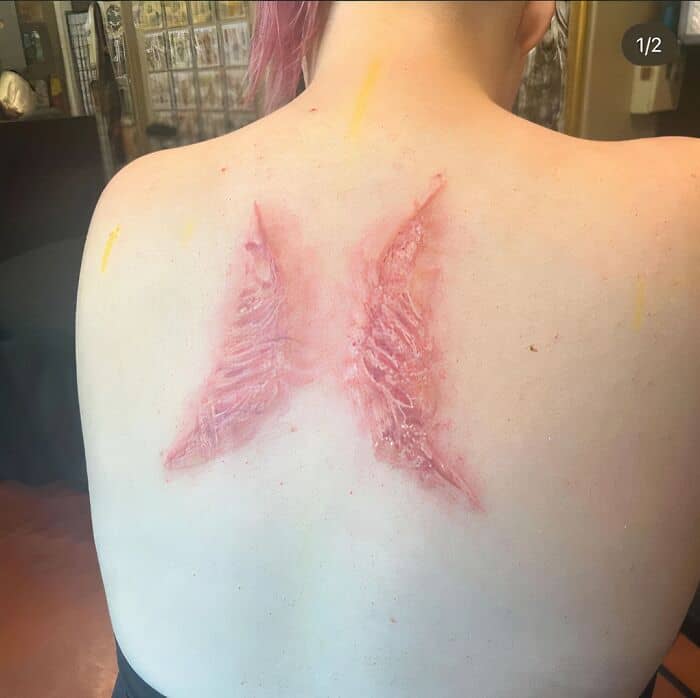
#30 This Manicure
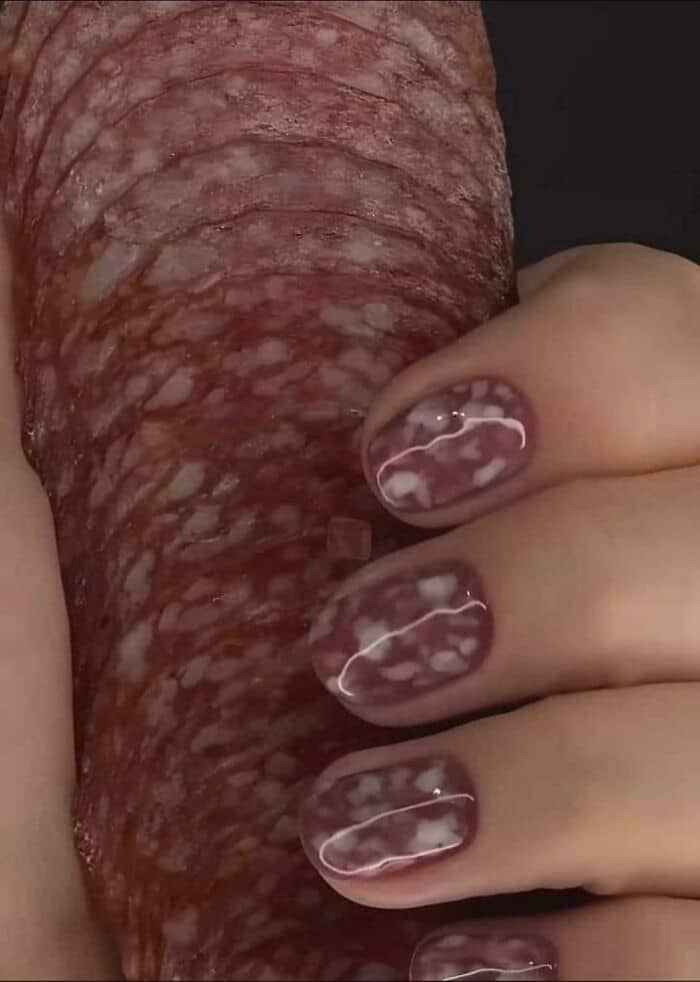
Note: this post originally had 54 images. It’s been shortened to the top 30 images based on user votes.